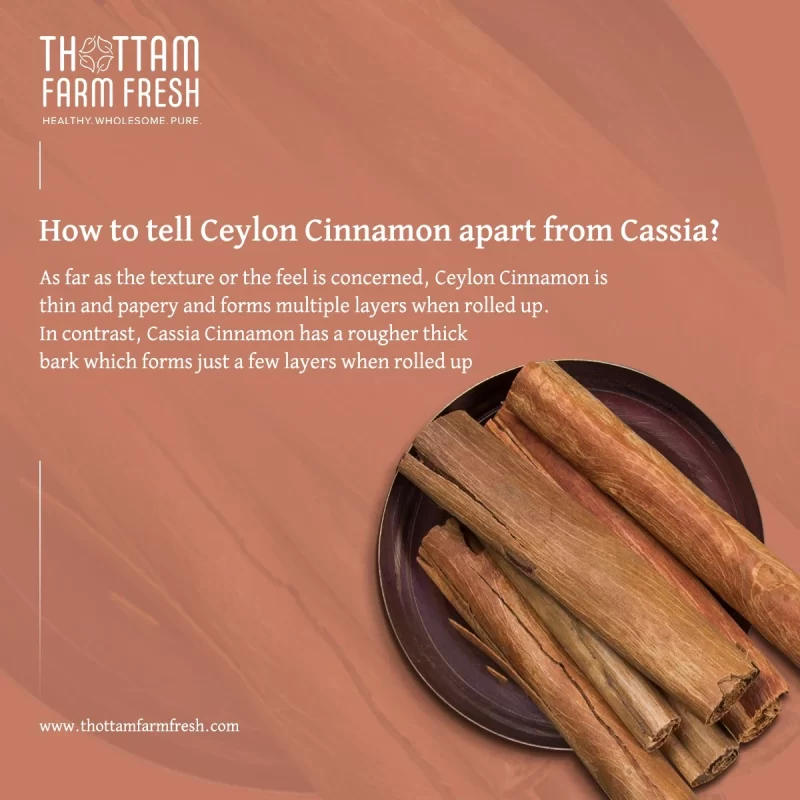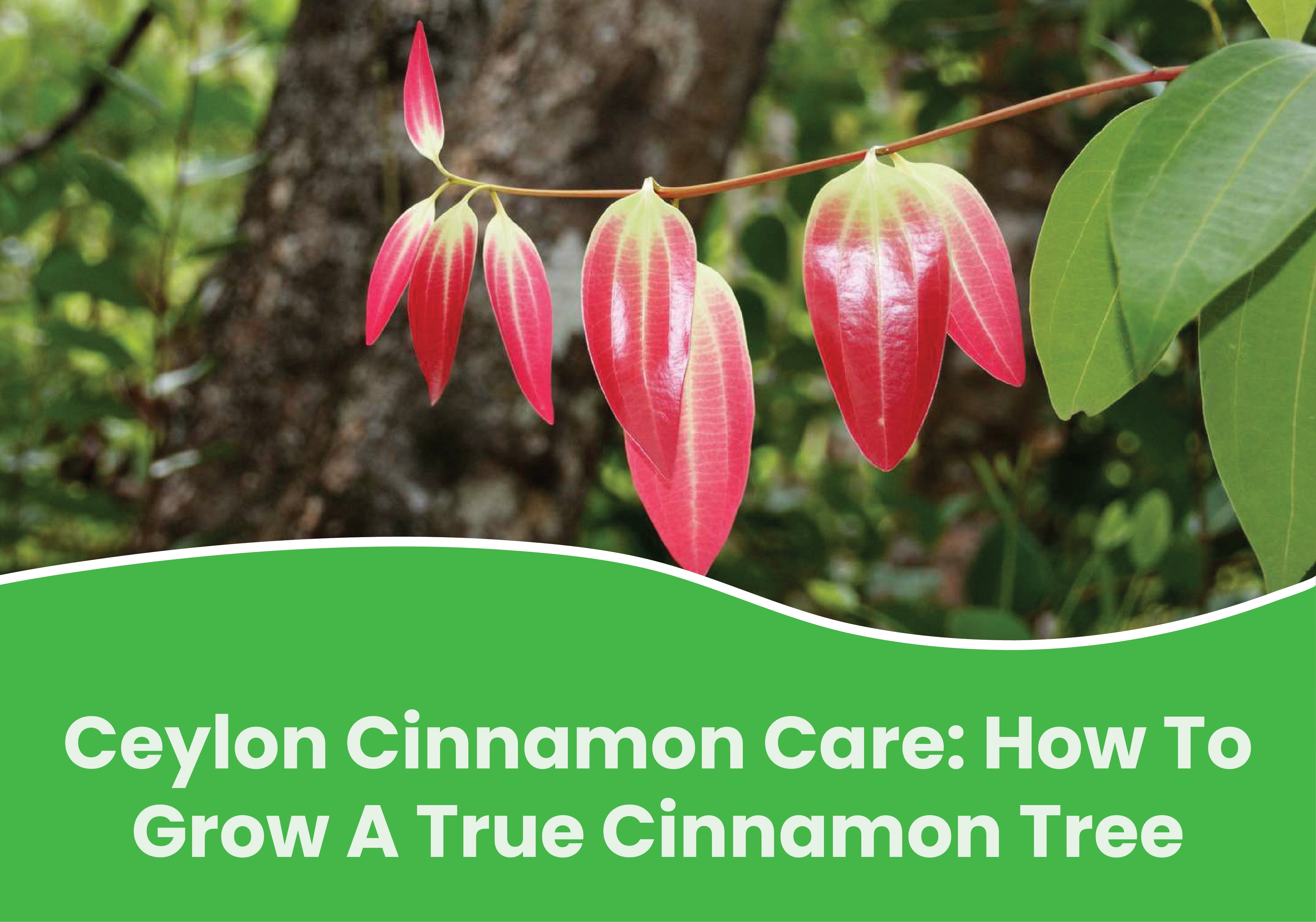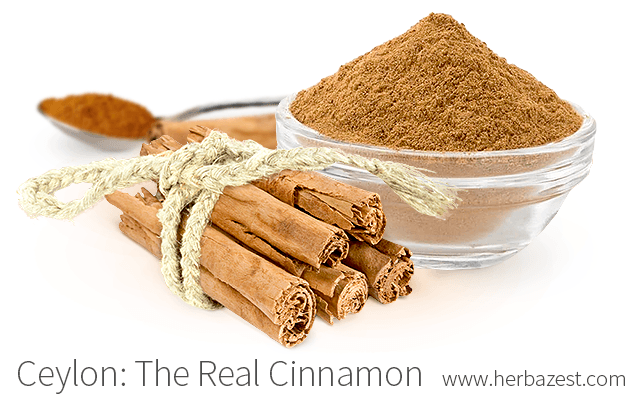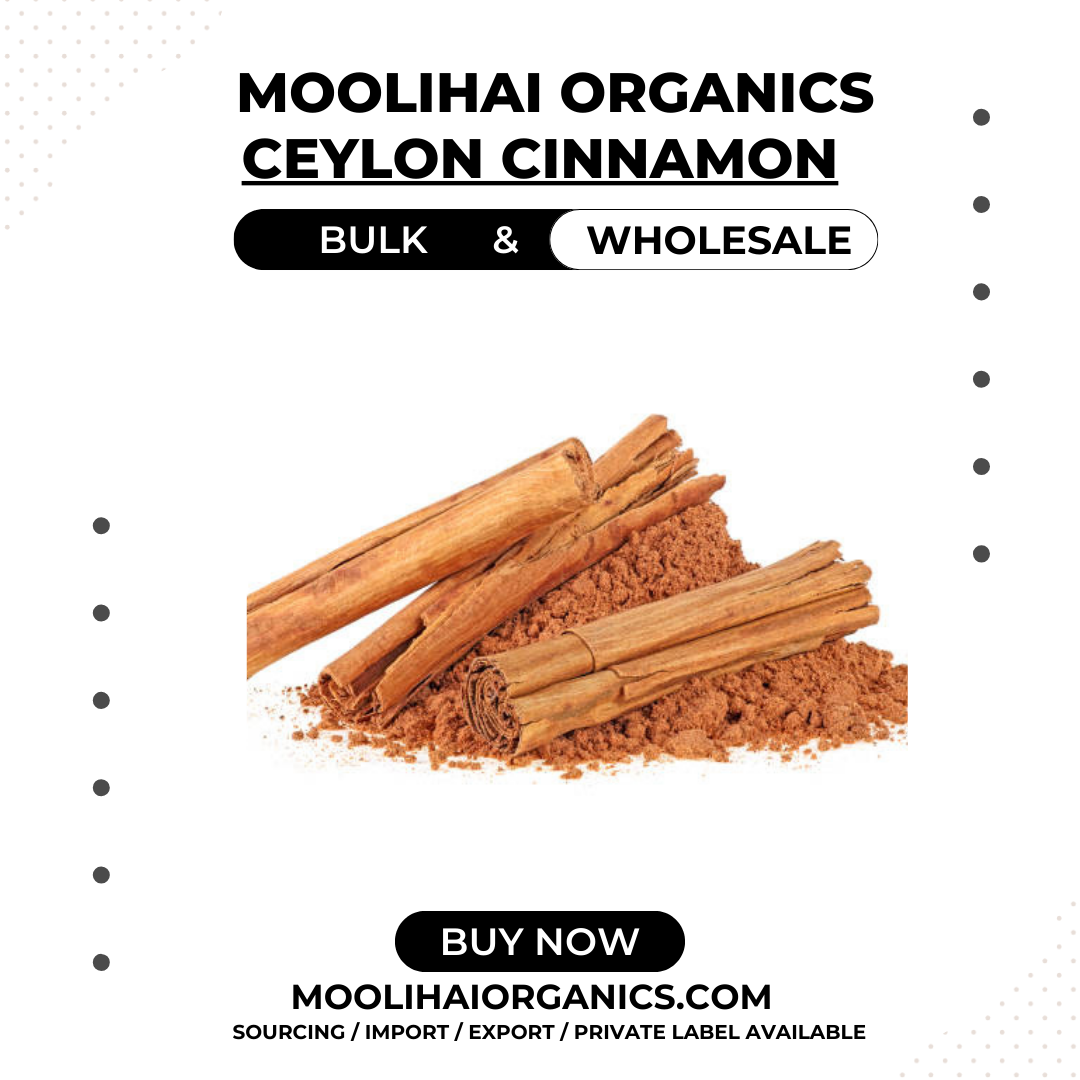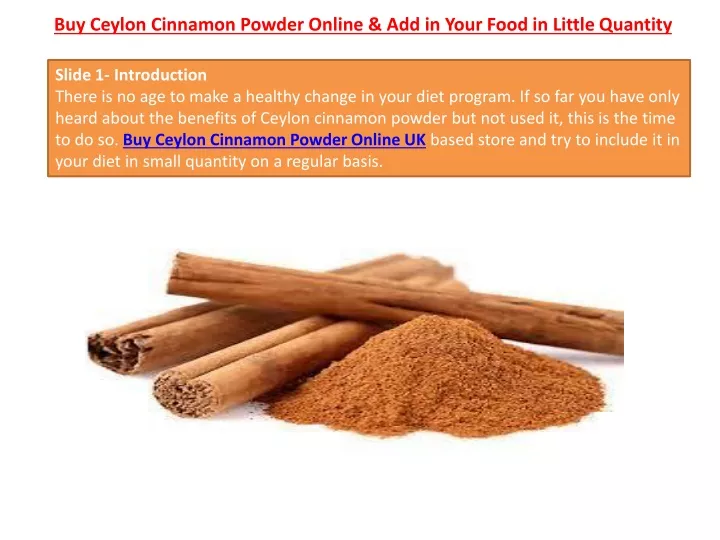Where Can I Find Ceylon Cinnamon

For consumers seeking the distinctive flavor and health benefits of true cinnamon, also known as Ceylon cinnamon, navigating the spice market can be surprisingly complex. Often, what's labeled as cinnamon in grocery stores is actually cassia, a related but distinct spice with a stronger, sometimes harsher taste and potentially higher levels of coumarin. This article explores where you can reliably find authentic Ceylon cinnamon.
Ceylon cinnamon (Cinnamomum verum) is prized for its delicate, sweet, and floral notes. Understanding where to source it is crucial for both culinary enthusiasts and health-conscious individuals.
Understanding the Ceylon Cinnamon Market
The global cinnamon market is dominated by cassia, which is cheaper to produce and thus more widely available. Ceylon cinnamon, primarily grown in Sri Lanka (formerly Ceylon), represents a smaller, more specialized segment.
Its higher price reflects the more labor-intensive harvesting and processing methods. Authenticity is a major concern, requiring consumers to be vigilant about sourcing.
Retail Channels: Where to Look
Specialty spice shops are often the best starting point for finding Ceylon cinnamon. These stores typically prioritize quality and are knowledgeable about the origins and characteristics of their spices.
They can provide information about the specific farms or regions from which their cinnamon is sourced. Locally owned spice shops often develop close relationships with distributors, increasing transparency and ensuring product integrity.
Gourmet food stores and upscale supermarkets sometimes carry Ceylon cinnamon. Look for products clearly labeled "Ceylon cinnamon" or "Cinnamomum verum" to distinguish it from cassia.
Check the ingredients list and look for information about the country of origin (ideally Sri Lanka). Be prepared to pay a premium, as these stores generally charge more for higher-quality spices.
Online retailers offer a vast selection of spices, including Ceylon cinnamon. Major platforms like Amazon and Etsy host numerous sellers offering the spice, but due diligence is essential.
Read customer reviews carefully, paying attention to comments about flavor and authenticity. Look for sellers with a strong reputation and transparent sourcing practices.
Directly purchasing from Sri Lankan producers or exporters is an option for larger quantities. This can be more cost-effective for restaurants or individuals who use cinnamon frequently.
Many Sri Lankan companies have online stores and offer international shipping. Ensure the company has proper certifications and adheres to quality control standards.
Key Indicators of Authentic Ceylon Cinnamon
Ceylon cinnamon quills are thin, delicate, and easily crumbled. They are made up of multiple layers of thin bark rolled together, resembling a cigar.
Cassia quills, in contrast, are thick, hard, and made up of a single layer of bark. The color of Ceylon cinnamon is typically a light tan-brown, while cassia is a darker reddish-brown.
The flavor profile is the most distinct differentiator. Ceylon cinnamon has a sweet, delicate, and almost citrusy flavor, while cassia has a stronger, more pungent, and slightly bitter taste.
The aroma of Ceylon cinnamon is also more subtle and refined than cassia. Furthermore, look for coumarin levels. Ceylon cinnamon has very low levels of coumarin, a compound that can be harmful in large doses.
Cassia contains significantly higher levels. Reputable suppliers should be able to provide information about coumarin levels in their cinnamon.
The Importance of Ethical Sourcing
When purchasing Ceylon cinnamon, consider the ethical implications of your choices. Support suppliers who prioritize fair labor practices and sustainable farming methods.
Look for certifications such as Fair Trade or organic labels. These certifications indicate that the cinnamon was produced in an environmentally and socially responsible manner.
By choosing ethically sourced Ceylon cinnamon, you can contribute to the well-being of farming communities in Sri Lanka and promote sustainable agricultural practices.
The Growing Demand and Future Trends
The demand for Ceylon cinnamon is increasing as consumers become more aware of its unique flavor and health benefits. This growing demand is driving innovation in the cinnamon industry.
Efforts are underway to improve farming techniques and increase yields while maintaining quality. There is also a focus on developing more efficient processing methods to reduce costs and improve access to Ceylon cinnamon.
Consumers are increasingly seeking out transparent and traceable supply chains. This trend is likely to continue, with more emphasis on verifying the authenticity and origin of cinnamon.
A Note on Substitutions
If you are unable to find Ceylon cinnamon, there are some alternatives you can use in a pinch. However, be aware that the flavor will not be the same.
Ground cassia can be used as a substitute, but use it sparingly due to its stronger flavor. Adjust the amount you use in your recipes accordingly.
Cinnamon oil can also be used to add cinnamon flavor to dishes, but it is very concentrated, so use it with caution. Remember that no substitute can truly replicate the unique characteristics of Ceylon cinnamon.
Finding authentic Ceylon cinnamon requires a bit of effort and research. By understanding the differences between Ceylon cinnamon and cassia, knowing where to look, and being mindful of ethical sourcing, you can enjoy the true flavor and benefits of this prized spice. Investing the time to source authentic Ceylon cinnamon will undoubtedly enhance culinary experiences.






